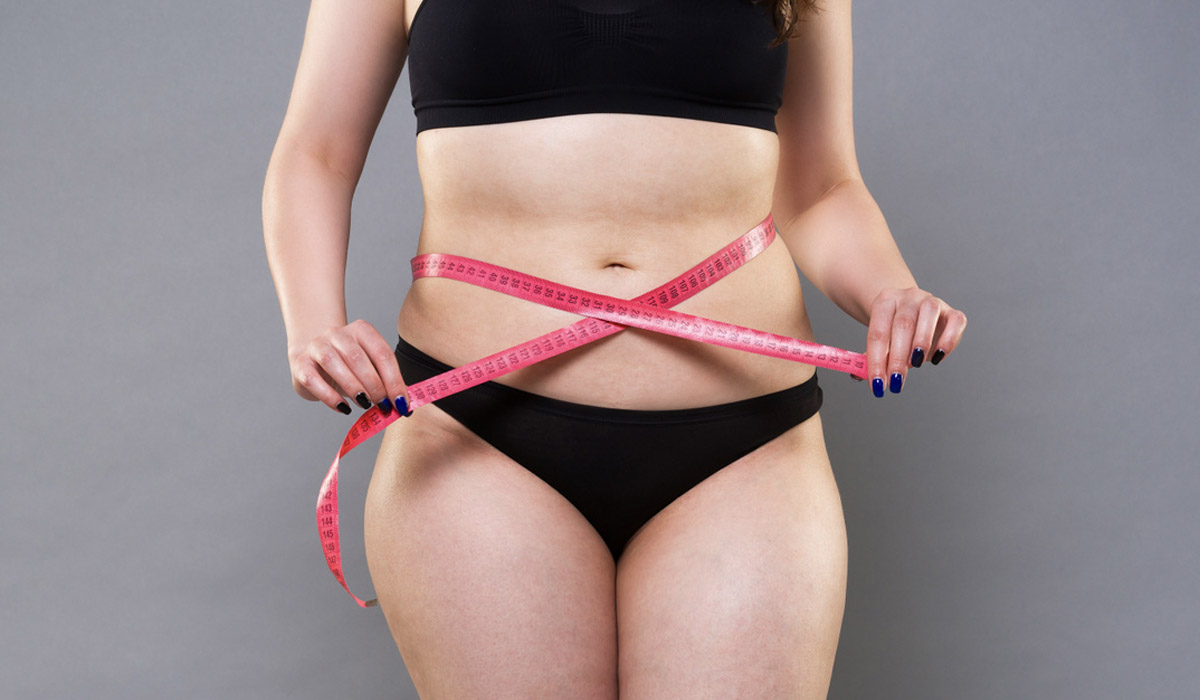When considering a tummy tuck, also known as an abdominoplasty, you’ll more than likely envision the end result right from the very start. Convey these goals to the board-certified plastic surgeon during your consultation. From there, the two of you can discuss how to effectively achieve them. It’s also essential to understand what recovery will look like, and how long it will take. This helps ensure you’ve set realistic expectations.
The timeline for tummy tuck recovery varies, based on the individual patient and factors such as age, general health, type of tummy tuck (extended or mini), and level of post-surgery care. After the procedure, your surgeon will discuss your specific road to healing, but patients typically see results and feel fully recovered eight weeks later.
Long Island’s premier plastic surgery practice Buglino Plastic & Reconstructive Surgery developed a useful timeline explaining the various stages of recovery following your abdominoplasty. For more specific information, contact your surgeon.

Immediately After Surgery
Your abdomen will be secured with an abdominal binder, which is later exchanged for a compression garment. A mesh strip surgical dressing will be placed along the incisions, and small tubes around these, to drain any built-up fluid.
Follow your surgeon’s instructions to ensure you are adequately prepared for a successful recovery. You’ll be told how to care for your drain tubes. The secured mesh over the incision will not require any daily maintenance. You will be instructed on the types of physical activity to avoid, how long to wear an abdominal pressure garment, and more. You won’t be able to drive yourself home, so make the proper arrangements.
Several Days After Surgery
Because you’ll have limited mobility for a few days following the abdominoplasty, you’ll need to recruit help. You’ll have difficulty bending, lifting, and standing for long periods, so having someone around to provide assistance can be beneficial to your recovery.
You may feel some pain and tenderness at the site for several days. Most surgeons will prescribe antibiotics and anticoagulants for patients to take. An abdominal support garment should also help with swelling and discomfort.
Patients may want to keep their diets light in the days following surgery to ensure they’re not straining their stomach muscles. Try to eat low-sodium foods to reduce inflammation, and increase fiber intake to decrease strain during bowel movements.
Alcohol, smoking, and excessive sun exposure should be avoided for at least three months post-surgery.
One to Three Weeks After Surgery
It’s also essential to understand what recovery will look like, and how long it will take. This helps ensure you’ve set realistic expectations.
During the follow-up visit with your surgeon, he or she will decide if it is the right time to remove your mesh strip bandage. At this time, you should already notice a significant change in your stomach’s contour.
After the checkup, you’ll need to continue wearing your support garment, based on your surgeon’s instructions.
If you have a sedentary job, you can likely return to work. However, if it requires heavy lifting and constant standing or bending, you may not be able to resume work for two to three weeks.
Those looking to jump back on the treadmill or elliptical machine will need to wait about three weeks. Although ultimately determined on a case-by-case basis, it will commonly take approximately six weeks to return to weight training. When you resume either of these activities, keep an eye on your incision. If you notice any swelling, limit your activity and contact your surgeon.
One to Three Months After Surgery
Many will still experience swelling in the months following a tummy tuck. You may also feel a numbness, pulling sensation, or experience bruising in your abdomen area. The incision should be fully healed, but it’s possible your remaining scar will still appear red and raised. This will eventually become flat and fade.
One to two months after surgery, it’s generally safe to resume normal activities, including strength training or a profession that involves physical activity. However, your surgeon will make the ultimate determination.
One Year After Surgery
One year later, your abdominoplasty should be fully healed, and results visible. Your inflammation should be gone, and your scar faded. Although the latter will never completely disappear, it should be nearly invisible, and hidden beneath your underwear line.
Ensure you’re maintaining your results with a healthy diet and active lifestyle. Gaining or losing weight may change the appearance of your abdominal area, and produce sagging skin. This is one of the reasons why patients should wait until they’ve had all their children before undergoing the procedure. If you maintain your weight, the results of an abdominoplasty by a board-certified surgeon will last a lifetime.
If you’re interested in getting an abdominoplasty, learn more about the preparation and recovery process during a consultation with Dr. Anthony Buglino, a board-certified plastic surgeon with years of experience performing tummy tucks and helping patients achieve their optimal health and beauty goals across Long Island and the greater New York City area.




